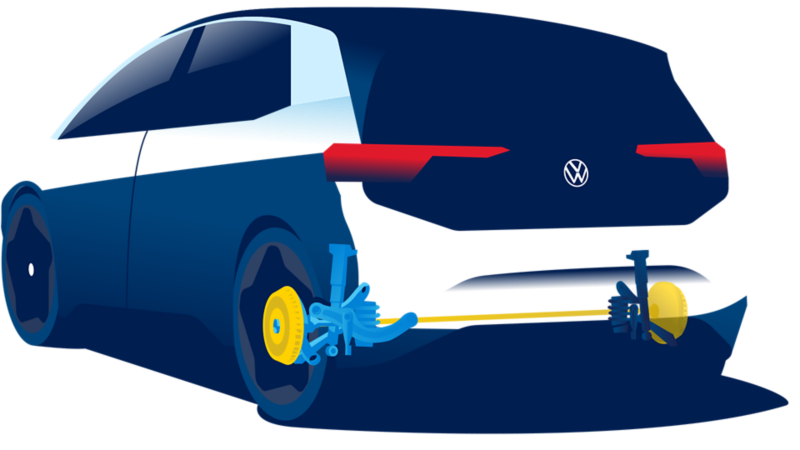In the ever-evolving landscape of automotive technology, certain components that were once considered relics of the past are making surprising comebacks. One such component is the humble drum brake, which, with the rise of electric vehicles (EVs), is experiencing a renaissance in the automotive industry. In this article, we delve into the working principles of drum brakes, explore their historical decline, and unravel the reasons behind their current resurgence, especially in the context of EVs.
The Evolution of Braking Systems: A Historical Overview
Decades ago, drum brakes were the norm in the automotive world. However, with advancements in technology and a focus on performance, disc brakes gradually took center stage, becoming the standard for many mainstream vehicles. The inherent advantages of disc brakes, such as better heat dissipation and more consistent pedal feel, led to their widespread adoption.
The Working Mechanism of Drum Brakes:
Understanding the principles behind drum brakes is essential to grasp their resurgence. When the brake pedal is pressed, hydraulic fluid engages with a wheel cylinder, pushing brake shoes against the inner surface of a brake drum. The friction generated slows down the vehicle. Although drum brakes have been around since the early days of automobiles, they faced challenges like heat buildup and inconsistent braking forces.
Disc Brakes vs. Drum Brakes: A Comparative Analysis:
Disc brakes, with their simpler design, gained popularity for their positive pedal feel and better heat dissipation. However, drum brakes retained their position in the automotive landscape, particularly for the rear axles of smaller, cheaper cars, where their advantages in cost and handbrake functionality were notable.
Drum Brakes Meet Electric Vehicles:
The game-changer for drum brakes is the advent of electric vehicles. Unlike traditional internal combustion engines that dissipate excess energy as heat, EVs leverage regenerative braking, converting kinetic energy back into electrical energy. With reduced reliance on traditional braking systems, the drawbacks of drum brakes, such as heat buildup and inconsistent performance, become less pronounced.
Advantages of Drum Brakes in the EV Era:
In the context of EVs, drum brakes offer several advantages. Their enclosed design protects against rusting, addressing a common issue faced by disc brakes when not in frequent use. Moreover, drum brakes release less brake dust into the environment, aligning with the environmental focus of the EV movement.
Efficiency and Sustainability: A Drum Brake Perspective:
As the automotive industry grapples with sustainability concerns, drum brakes present a compelling case. Manufacturers, in their pursuit of performance, have tended to oversize brakes, resulting in increased production costs, raw material consumption, and brake dust emission. Drum brakes, with their simpler design and lower maintenance requirements, offer a more efficient and sustainable alternative.
Real-world Examples:
Recent models, such as the Volkswagen ID3, showcase the practical application of drum brakes in EVs. While traditional disc brakes are still present on the front wheels, the ID3 features drum brakes on the rear axle. This strategic choice aligns with the reduced need for traditional braking in an electric vehicle, leading to smaller maintenance bills and longer-lasting components.
Challenges and Future Outlook:
Despite the theoretical advantages of drum brakes in the EV era, challenges remain. Public perception and upcoming legislation may influence the widespread adoption of drum brakes. Manufacturers must strike a balance between tradition and innovation, considering factors such as safety, performance, and environmental impact.
The resurgence of drum brakes in the age of electric vehicles signifies a shift in the automotive paradigm. While disc brakes continue to dominate, drum brakes offer unique advantages in the context of EVs, from reduced maintenance costs to environmental benefits. As the industry navigates towards a sustainable future, the revival of drum brakes serves as a testament to the adaptability and innovation within the automotive world.
